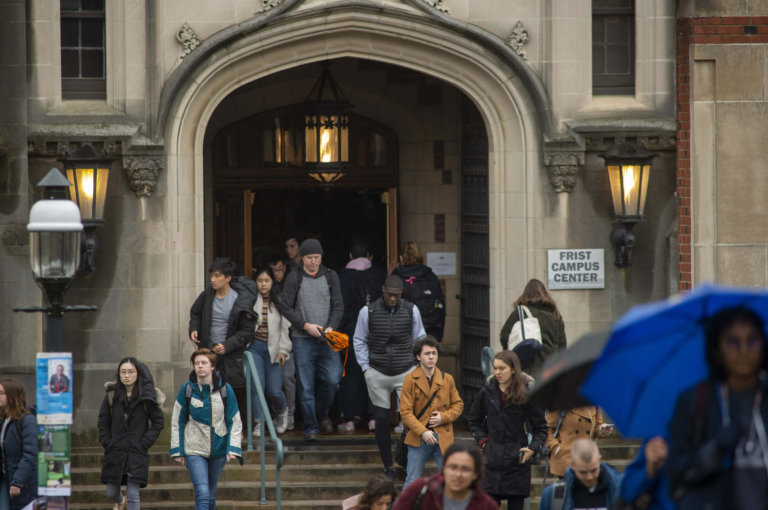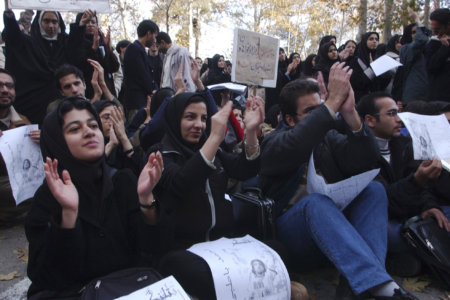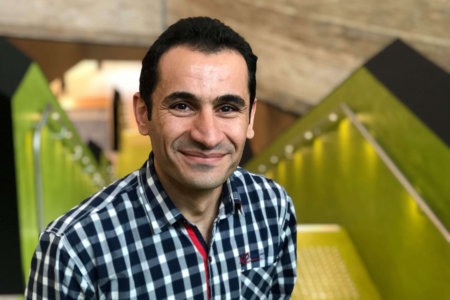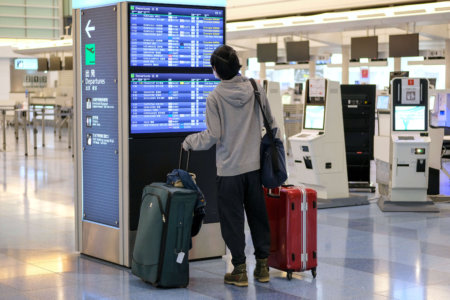
The US has developed into one of the most popular study destinations in the world. It’s been welcoming around a million international students to its shores every year, all of whom desire to pursue an education at its collection of globally-renowned universities. The pandemic has impacted this number, but only slightly so; there were still over 914,000 international students enrolled at US universities in the 2020-21 academic year.
Most of these students have life-changing experiences whilst at university, and leave with fond memories to last a lifetime. Despite this, there remains a silent number that are forced to make large sacrifices because of one determining factor: the fact that they’ve been issued single-entry student visas.
What are single-entry visas?
Simply put, they are visas that only allow a student or other visitor one-time entry into a specific country. These visas are generally locked under a timeframe, meaning that they can be used from the date it is issued to the date it expires. If a visa-holder has not travelled to the intended country before its expiry date, they will have to reapply for another.
This is a contrast to multiple-entry visas, which allow a holder to travel into a country more than once. Most of the time, these are unlimited while the visa is still valid. International students in the US typically receive a multiple-entry F-1 visa.
More international students are being issued visas of this type, permitting them to travel in and out of the country many times throughout the course of their studies. It’s certainly a relief for students whose home countries are far away, as they’re given the option to visit their families and friends over term breaks.
The sad reality of single-entry visa holders

Students on single-entry visas are forced to go years without seeing their families. Source: Ethan Miller/AFP
Still, too many international students are being issued single-entry visas instead. Because of this, they’re forced to go months — sometimes even years — without seeing their families and loved ones. Many of them come from Iran.
“For many international students including Iranian students, the only student visa option is single-entry: if the student wants to leave the country for any reason (e.g. to visit family), he/she has to get a new visa,” an Iranian professor working in the US said in a tweet. “The visa processing time is highly variable and can take up to a year or even more with not much transparency! Therefore, many students don’t risk it and avoid travelling outside of the US (even to visit family) for the entire duration of their studies, which can be MANY years.”
While we are at it, can we grant international students #MultipleEntryVisa for the duration of their studies (instead of single-entry)? It may sound like a minor issue for many but it is actually a big deal for many international students. I explain it below.
— Soheil Feizi (@FeiziSoheil) February 8, 2021
“Many of us international students have dealt with this sad reality for many years,” tweeted another former student. “We sacrificed visiting our parents and family to be able to continue our studies and research in the US. It is personal to me too as I have not seen my parents for six years.”
PhD candidate Sina Mehdinia was one of many Iranian students who were affected by this policy. He had to make the difficult decision to remain in the US to complete his research despite his father being severely ill.
“My father saw my wedding online two weeks ago and today I saw his funeral,” he wrote in a LinkedIn post. “He was the one who always supported my education. He defeated COVID and fought bravely against cancer. In his last days, he took my promise to not come back whatever happens to him. I will try to focus on my studies and make him proud.”
This visa policy prevents students like these from invaluable career opportunities, as well. “This is important if we have to create equity in opportunity,” another associate professor said in a tweet. “Having missed multiple conferences myself even as faculty, such obstacles have implications on the long-term careers of young scientists.”
On a related note: it is challenging for many international students, including Iranians, to get a visa to visit a lab or to attend a conference in the US (such as CVPR), hence missing networking opportunities. It has very real consequences for one’s career. https://t.co/ptDgLpiMfY
— Seyed Moosavi (@smoosavid) February 9, 2021
An unfair visa policy

Single-entry visa holders often miss out on milestones and important events because they are prevented from leaving the country before the end of their studies. Source: Scott Heins/AFP
The decision to disallow Iranian students multiple-entry visas is a ruling that has been met with ire online. Mehdinia has expressed his frustration with the policy, deeming it unnecessarily discriminatory.
“I am not sure if politicians care about human feelings,” he wrote in the same post. “I am not sure if international offices do anything about this discrimination. I hope this post raises some awareness and we see the discriminatory policies in the dustbin of history.”
This is not the only major issue faced by Iranian students seeking an education in the US — they already face a roadblock many other nationals are not exempt from due to the fact that they have to apply for a visa outside of their country. There is currently no US embassy or consulate in Iran, a consequence of no formal diplomatic relations between the two countries.
Because of this, Iranian students have to travel to neighbouring cities such as Dubai, Yerevan or Ankara. This can be costly, both in expense and time, as the risk of visa delays or months-long administrative processing means that students might have to begin classes late, defer their start of term, or potentially lose their scholarships.
However, there is hope that international students will be treated more fairly under US President Joe Biden. The administration has taken active steps to ease the international student journey into and within the country. This includes a recent announcement that it would expand the number of disciplines that international students can study to qualify to work in the US on their student visas, and the opportunity to stay in the country for three years after graduation.










